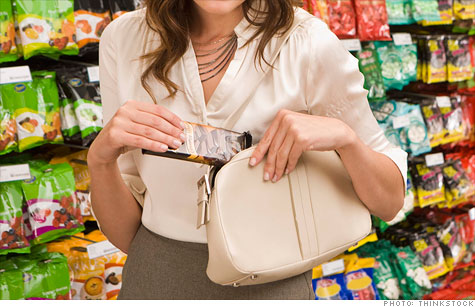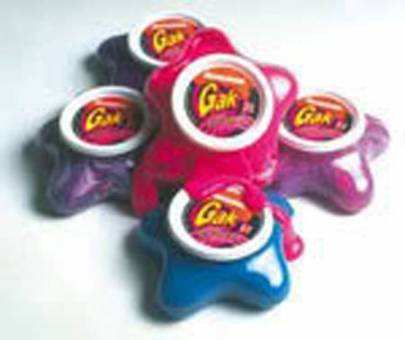Shoplifting may not be the first thing that comes to mind when one thinks about consumer behavior. However, I thought it was in interesting twist on consumer behavior. There is something driving a consumer to shop lift. Although the consumer is not consuming the product in a way that benefits the producer (through cash), they are none the less still consuming.
There are a different factors that drive consumers to shoplift. For some it is because they cannot afford a product, but for others it goes much deeper than that. Shoplifiting is a real problem in America. In fact, there is a website for shoplifting prevention. Facts on this website claim there is no profile for a shoplifter. Meaning, any one is a potential suspect in the store.
What consumer behavior theories result in shoplifting? Perhaps you could tie it into Maslow's Heirarchy in the need for acceptance. Products become a part of the extended self, perhaps people allow certain products not within their means to define them that they resort to shoplift. But, perhaps its more than that. It's a thrill seeker.
Whatever it is that causes shoplifters to commit the crime is interesting in all aspects to me. There are deep psychological factors behind the reason one commits the crime.





















